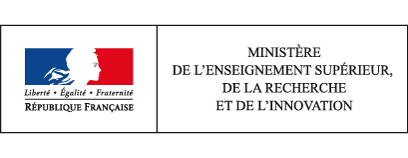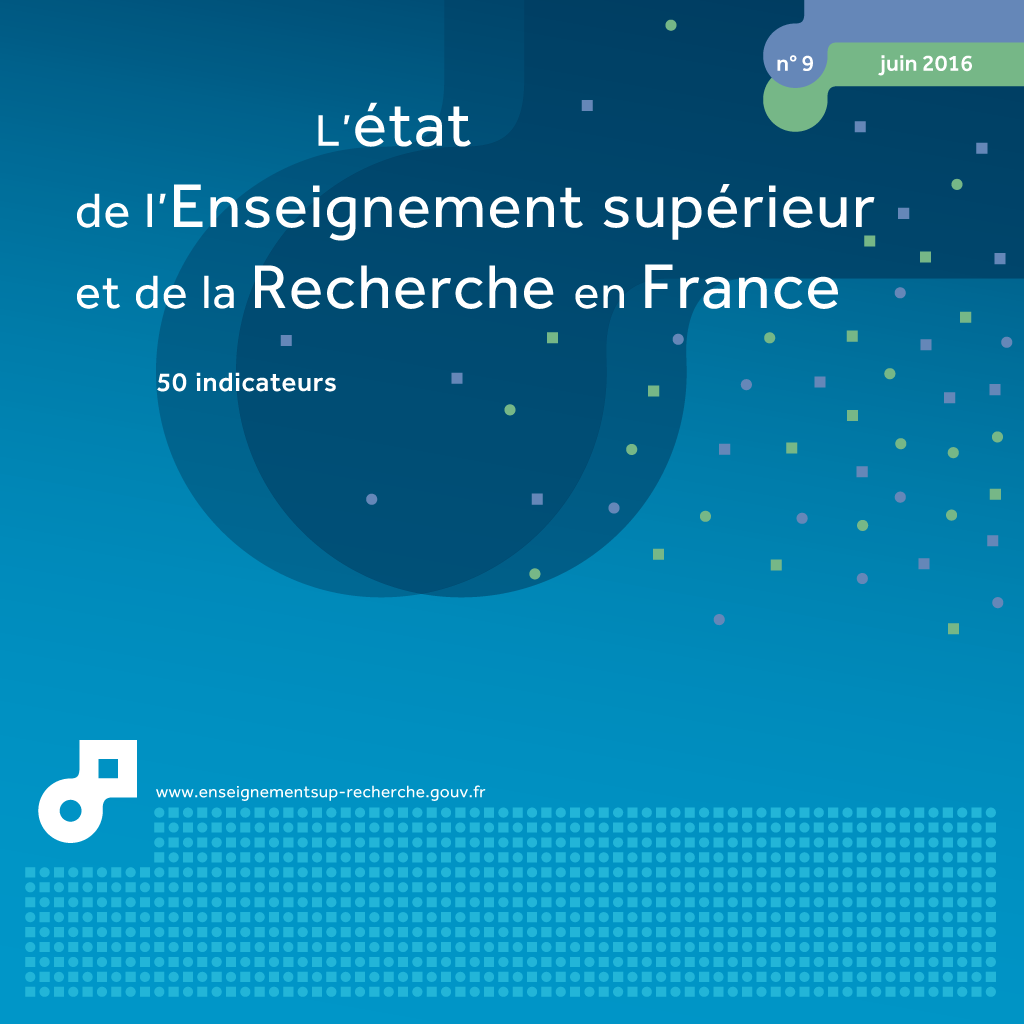20 validation of learning from experience in higher education
This page has been updated. Read 25. validation of learning from experience in higher education in Higher education & research in France, facts and figures 10th edition - June 2017
Validation of learning from experience (VAE) is an access route to qualifications. In 2014, 4,267 people obtained all or part of a higher education degree through recognition of the skills acquired by experience (i.e. 3% of degrees awarded at university).
The VAE system in universities or the National Centre of Industrial Art and Design (CNAM) has undergone rapid development. From the start of the VAE (Law of 17 January 2002) until 2005, there was increased use of the system (chart 20.01). Since 2007, the number of VAE awarded at the initial assessment is around 4,000 per year, within an upper or lower range of about 200.
In 2014, out of the 4,267 VAE beneficiaries, 72% were full VAE (61% were awarded at the initial assessment and 11% at the post-initial assessment). These full qualifications awarded by the VAE represent 3% of qualifications awarded in universities. 28% of the remaining VAE beneficiaries obtained a partial VAE from the initial assessment.
Nearly all the admissible candidates requested support (around 6,500 people).
With 39% of beneficiaries, the vocational Bachelor's and Master's degree are the most sought after VAE qualifications (table 20.02). The vocational Bachelor's degree is most frequently awarded in full at the initial assessment (45%) while the Master's is awarded partially at the initial assessment (48%) or fully after one or more partial validations (51%).
Just over one VAE beneficiary in three was awarded a qualification in Economics, Management and Economic and Social Administration (chart 20.03). Vocational Bachelor's degrees are more common in this discipline (46%). Fundamental andapplied sciences and other human and social sciences are the two other fields most likely to be awarded through VAE: one VAE beneficiary in four was awarded a qualification. Master's degrees are awarded equally in these three main fields. Doctorates are more likely to be awarded in fundamental applied sciences (55%), as are university technology diplomas (DUT) and equivalent (36%). General Bachelor's degrees, mainly awarded in Economics (36%), are also awarded in Human and Social Sciences (21%), Humanities, Languages and Arts (16%) and Physical Education Sports Sciences and Techniques (STAPS) (11%).
40% of VAE beneficiaries already hold a Bac +2 level qualification. As can be expected, vocational Bachelor's degrees are mostly awarded to beneficiaries holding a Bac +2 level qualification (20% of all VAE, chart 20.04) and the Master's to holders of a Bac +3 or Bac +4 level qualification (17%). The real added value of the VAE can be seen for 11% of Baccalaureate holders who achieve a vocational Bachelor's degree through VAE and the 12% of Bac +2 level qualified students who achieve a Master's degree.
VAE beneficiaries are generally working people (86%): 43% are senior managers and 28% are in an intermediate profession.
How to cite this paper :
close
20.01 Development in validation of learning from experience (VAE) at the initial assessment from 2002 to 2014 1
1 All universities and National Centres of Industrial Art and Design (CNAM).
You can embed this chart to your website or your blog by copying the HTML code and pasting it into the source code of your website / blog:
close
20.02 Breakdown of VAE beneficiaries according to the qualification obtained in 2014 1
1 All Universities and National Centres of Industrial Art and Design (CNAM).
You can embed this table to your website or your blog by copying the HTML code and pasting it into the source code of your website / blog:
close
20.03 Breakdown of VAE beneficiaries at the initial assessment according to the qualification obtained and discipline in 2014 (in %) 1
1 All Universities and National Centres of Industrial Art and Design (CNAM).
You can embed this chart to your website or your blog by copying the HTML code and pasting it into the source code of your website / blog:
close
20.04 Breakdown of VAE beneficiaries according to qualifications aimed for and the highest qualification on entering VAE in 2014 (in %) 1
1 All Universities and National Centres for Industrial Art and Design (CNAM).
You can embed this chart to your website or your blog by copying the HTML code and pasting it into the source code of your website / blog:
close
Related statistical publications
 Note d'information DEPP 16.25 - La validation des acquis de l'expérience (VAE) dans les établissements d'enseignement supérieur - Sandrine Prost-Dambélé - September 2016
Note d'information DEPP 16.25 - La validation des acquis de l'expérience (VAE) dans les établissements d'enseignement supérieur - Sandrine Prost-Dambélé - September 2016 
 Note d'information DEPP 15.40 - La validation des acquis de l'expérience (VAE) dans les établissements d'enseignement supérieur - Sandrine Prost-Dambélé - November 2015
Note d'information DEPP 15.40 - La validation des acquis de l'expérience (VAE) dans les établissements d'enseignement supérieur - Sandrine Prost-Dambélé - November 2015 Translation
 Etat de l'enseignement supérieur et de la rechercheL'état de l'Enseignement supérieur et de la Recherche en France n°9 - Juin 2016
Etat de l'enseignement supérieur et de la rechercheL'état de l'Enseignement supérieur et de la Recherche en France n°9 - Juin 201620 - la validation des acquis de l'expérience dans l'enseignement supérieur - Sandrine Prost-Dambélé





